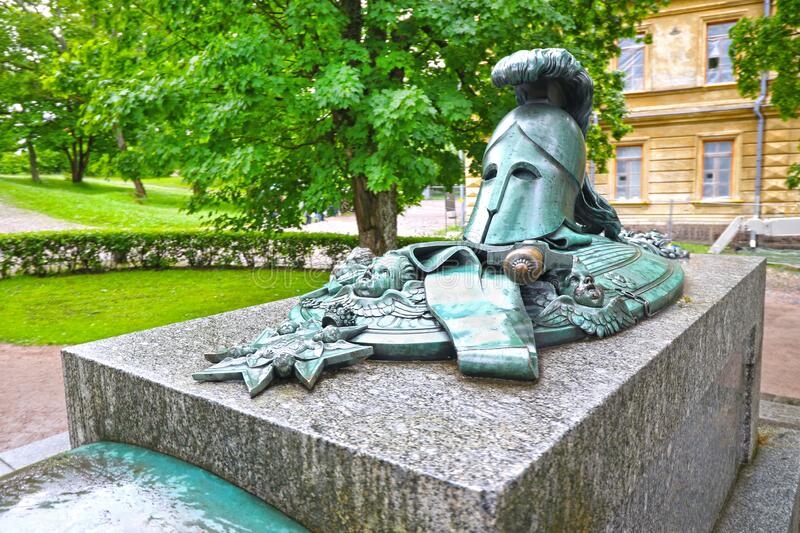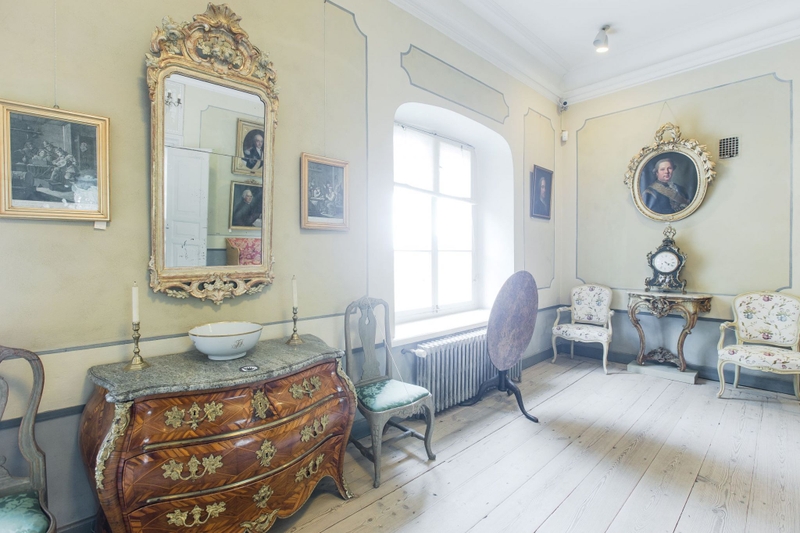Ehrensvärd-museo
CultureIncluded in the PassThe Ehrensvärd Museum is located on the original central courtyard of the fortress in the Commander’s House. The first occupant of the building was Augustin Ehrensvärd (1710-1772), the founder of the Suomenlinna fortress. The Ehrensvärd Museum’s collection includes paintings, furniture, weapons and ship models.
Adult €6.00
Child €3.00
Free with the Pass!
Contact
Suomenlinna B 40
00190 Helsinki
+358968999850
guidebooking@suomenlinnatours.com
https://www.suomenlinnatours.com/ehrensvard-museo
The Commander’s House is a good example of how housing and the defensive system were connected under the same roof. The building’s side wings also functioned as fortification bastions and it was possible to access the bastion terrepleins directly from the rooms. In case of an emergency the windows of the dining room as well as of the sleeping alcove could be used as crenels from which the main entrance to the fortress, the Artillery Bay, could be defended. The building was used as a residence until 1855, when it lost its southern wing in the Crimean War.
Opening time
The museum is open year-round daily at 10:30-17:00.
The museum is closed 24th-25th of December.
Access conditions
-
Access on foot
The museum is located on the first floor of the commandant’s house, at the top end of a long staircase.
Ehrensvärd Museum
The Ehrensvärd Museum is located on the original central courtyard of the fortress in the Commander’s House. The first occupant of the building was Augustin Ehrensvärd (1710-1772), the founder of the Suomenlinna fortress. The Ehrensvärd Museum’s collection includes paintings, furniture, weapons and ship models.
The Commander’s House is a good example of how housing and the defensive system were connected under the same roof. The building’s side wings also functioned as fortification bastions and it was possible to access the bastion terrepleins directly from the rooms. In case of an emergency the windows of the dining room as well as of the sleeping alcove could be used as crenels from which the main entrance to the fortress, the Artillery Bay, could be defended. The building was used as a residence until 1855, when it lost its southern wing in the Crimean War. In 1927 the Ehrensvärd Society made an initiative to establish a museum in those rooms, that had been used as Ehrensvärd ‘s residence. The museum was opened in 1930.


